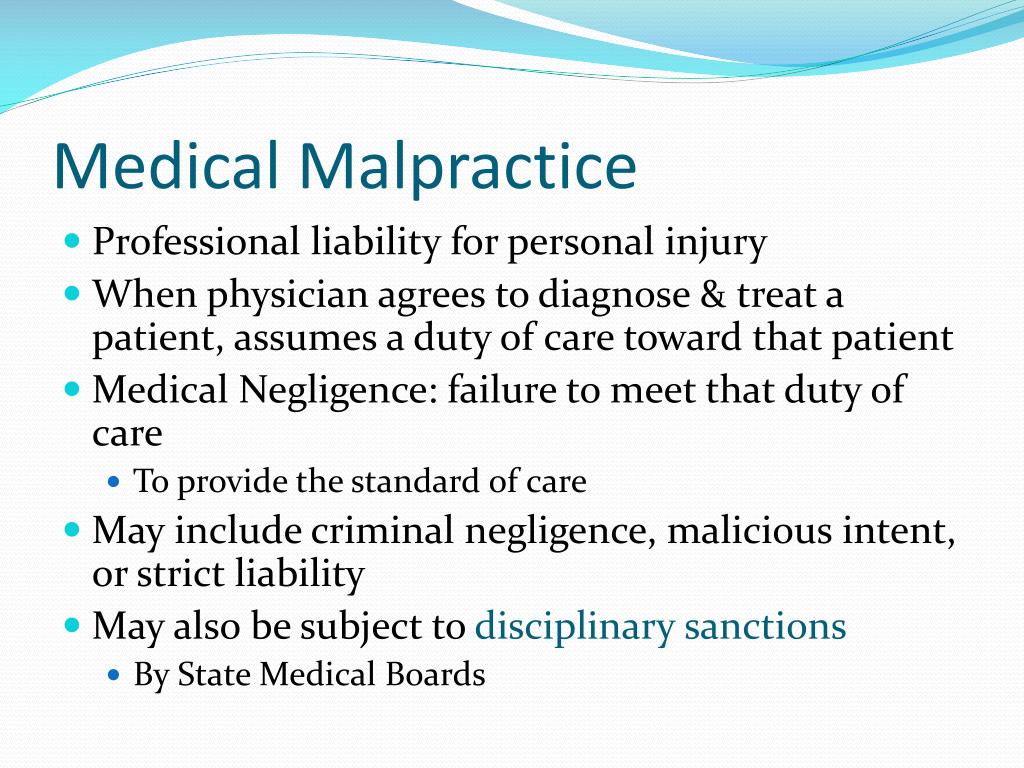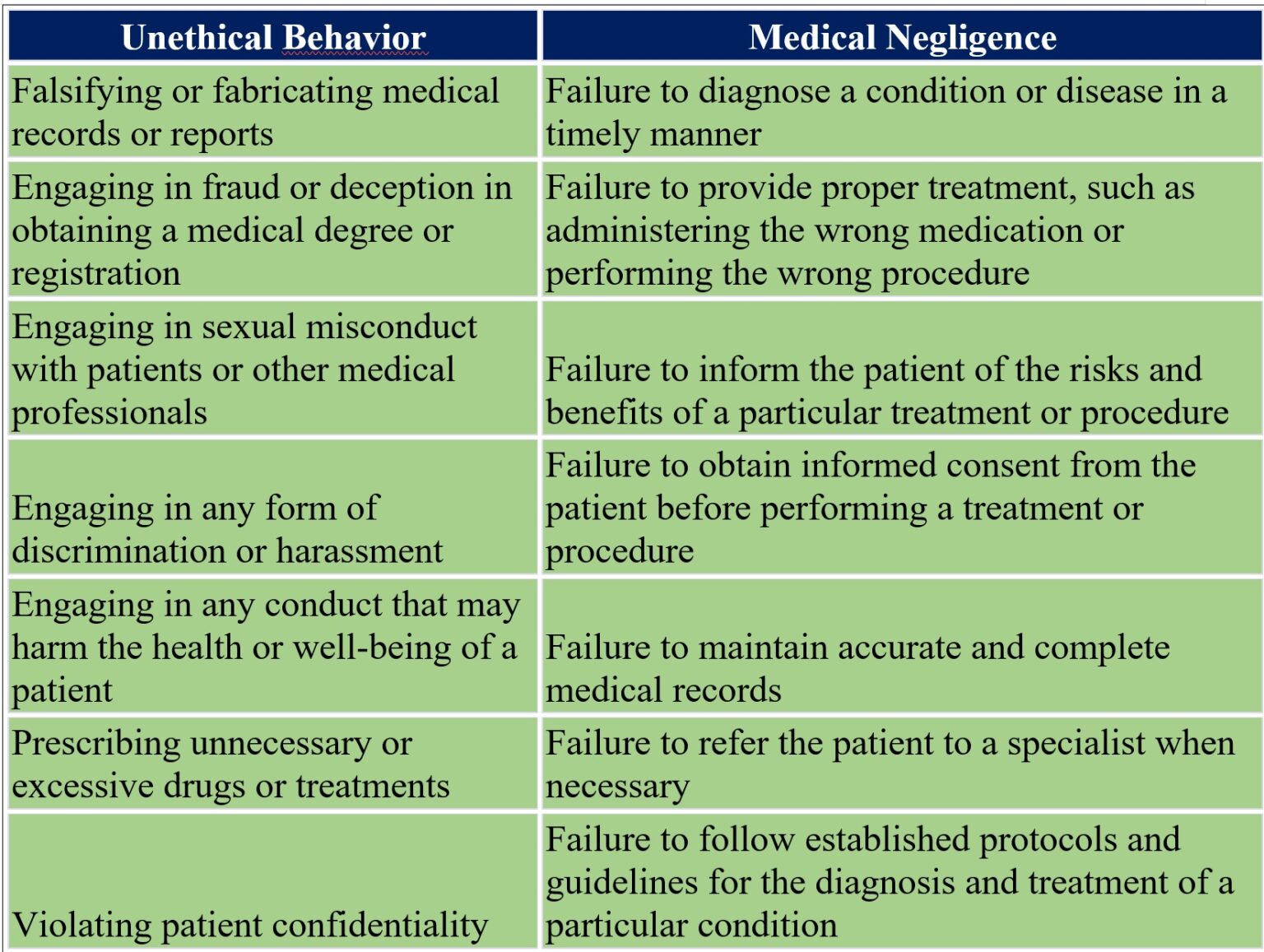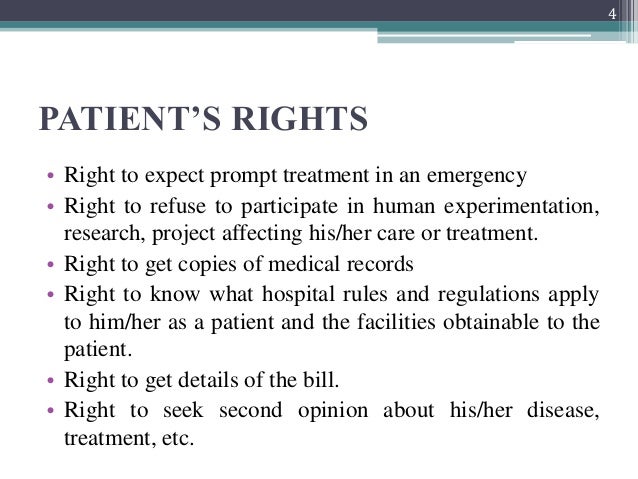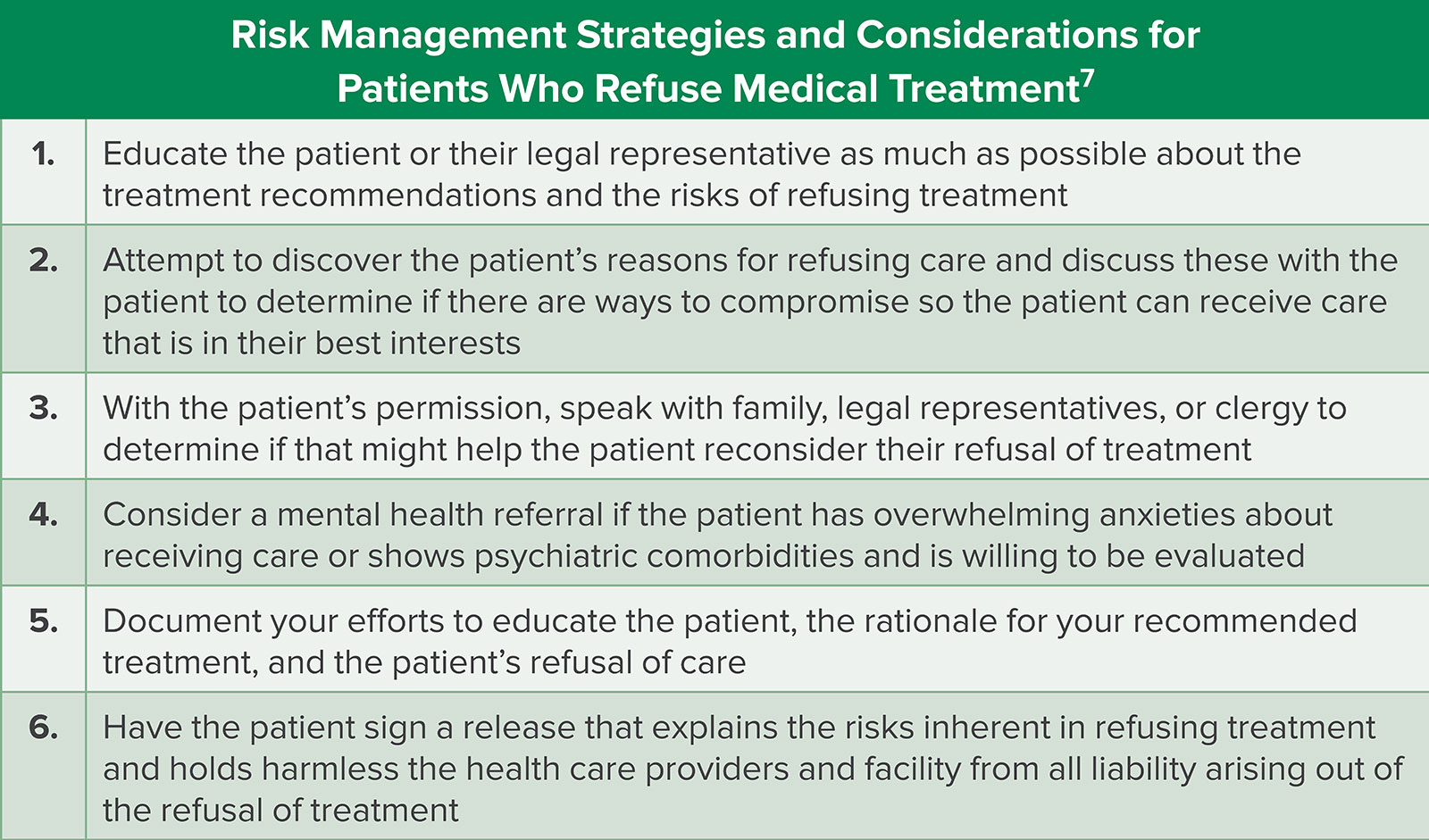Failure To Treat Patients In A Timely Manner Laws
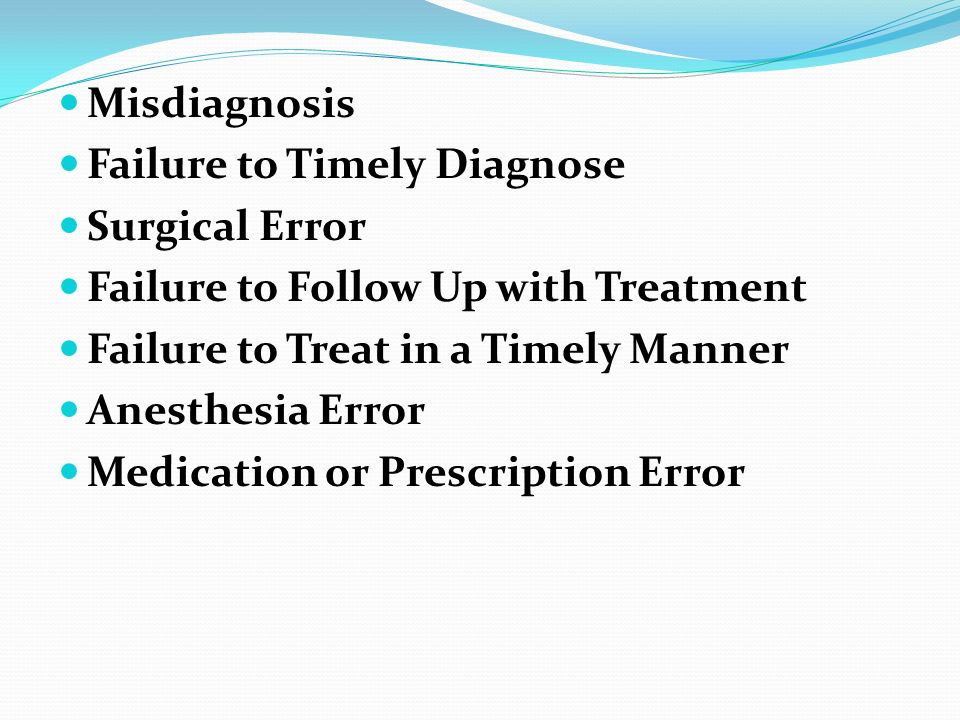
Across the United States, a growing concern is mounting over delays in patient care, prompting legislative action and sparking debate about access to healthcare and the responsibility of medical providers. Instances of patients experiencing significant harm due to prolonged wait times for diagnosis, treatment, or transfer are increasingly coming to light. This has led to calls for stronger legal frameworks to ensure timely medical intervention.
The core issue revolves around defining what constitutes an unacceptable delay and establishing legal consequences for healthcare facilities and professionals who fail to meet those standards. The goal is to create a system where patient well-being is prioritized, and accountability is enforced to prevent avoidable suffering or death. This article explores the emerging laws related to failure to treat patients in a timely manner, their implications, and the ongoing discussions surrounding their implementation.
The Rise of "Timely Treatment" Laws
Several states are actively considering or have recently enacted laws designed to address the problem of delayed medical care. These laws vary in scope and severity, but they share a common objective: to ensure patients receive necessary medical attention within a reasonable timeframe. These initiatives are often driven by patient advocacy groups and stories of individuals who have suffered due to preventable delays.
For example, some laws focus on emergency room wait times, mandating hospitals to implement protocols for triaging patients and providing timely care based on the severity of their condition. Other laws address delays in specialist referrals, diagnostic testing, or transfers to higher levels of care. The common thread is the desire to set a standard for acceptable response times in different medical scenarios.
Key Elements of These Laws
The specific provisions of these "timely treatment" laws vary from state to state, but several key elements tend to recur.
Definition of "Timely": Defining what constitutes a reasonable timeframe is crucial. Laws often provide specific timeframes for certain procedures or delegate the task to medical boards or regulatory agencies. This can involve considering factors like the patient's condition, the availability of resources, and established medical guidelines.
Accountability and Enforcement: These laws establish mechanisms for holding healthcare providers accountable for failing to meet the established standards. This may involve fines, suspension of licenses, or even legal action in cases of gross negligence or harm to patients. State medical boards and departments of health are often tasked with investigating complaints and enforcing these regulations.
Documentation and Transparency: Maintaining detailed records of patient wait times, triage assessments, and reasons for delays is often required. This promotes transparency and allows for better monitoring of compliance with timely treatment laws. Increased transparency also allows for better data collection for identifying areas for system improvement.
Patient Rights and Education: Many laws emphasize the importance of informing patients about their rights to timely medical care. This includes providing clear explanations of the triage process, estimated wait times, and options for seeking alternative care if necessary. Empowering patients with information helps them advocate for their own health.
Potential Impact and Challenges
The enactment of "timely treatment" laws has the potential to significantly improve patient outcomes by reducing delays in diagnosis and treatment. It can also foster a culture of accountability within the healthcare system and encourage providers to prioritize timely access to care. However, these laws also present significant challenges.
One major concern is the potential for increased administrative burden on healthcare providers. Implementing new protocols, documenting wait times, and complying with reporting requirements can be time-consuming and costly. This could potentially divert resources away from direct patient care.
Another challenge lies in the definition of "timely" treatment. Setting rigid timeframes may not be appropriate in all situations, as patient needs and resource availability can vary widely. A more nuanced approach that considers individual circumstances and clinical judgment may be necessary. The concept of 'reasonable' time must consider many factors for proper enforcement.
Furthermore, some argue that these laws could lead to defensive medicine, where providers order unnecessary tests or procedures to avoid potential legal liability. This could drive up healthcare costs and potentially expose patients to unnecessary risks. The potential for unintended consequences must be carefully considered.
The Ongoing Debate
The debate surrounding "timely treatment" laws is ongoing, with various stakeholders weighing in on the potential benefits and drawbacks. Patient advocacy groups generally support these laws, arguing that they are essential for protecting patient rights and ensuring access to quality healthcare.
Healthcare providers and organizations often express concerns about the practical challenges of implementing these laws and the potential for unintended consequences. They emphasize the need for flexibility and collaboration to ensure that these laws are effective and do not overburden the healthcare system. The American Medical Association has weighed in stating caution is necessary to properly implement this type of law.
The success of these laws will depend on careful implementation, ongoing monitoring, and a willingness to adapt to changing circumstances. It will require a collaborative effort from policymakers, healthcare providers, and patient advocates to create a system that truly prioritizes timely access to quality medical care.
Ultimately, the goal is to strike a balance between ensuring patient safety and avoiding unintended consequences that could hinder access to care or drive up costs. The evolution of these laws will continue to be shaped by ongoing discussions, data analysis, and the experiences of patients and healthcare providers alike.
